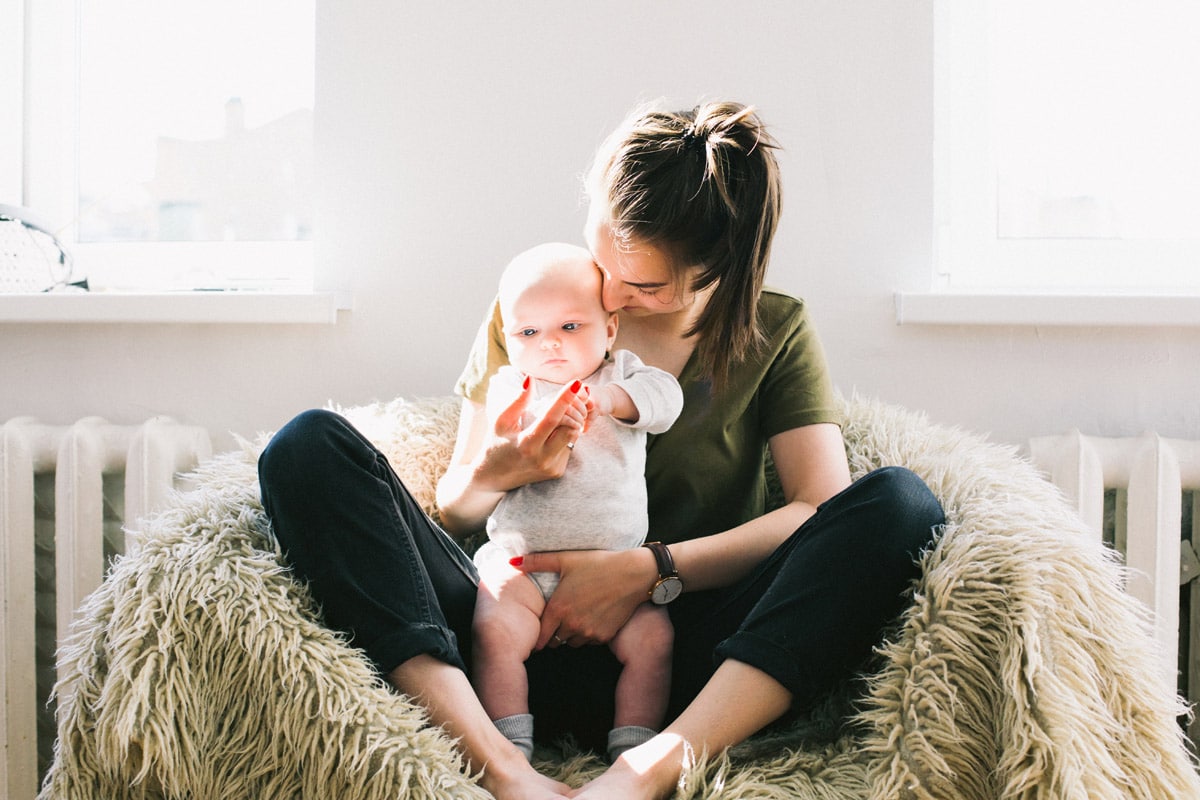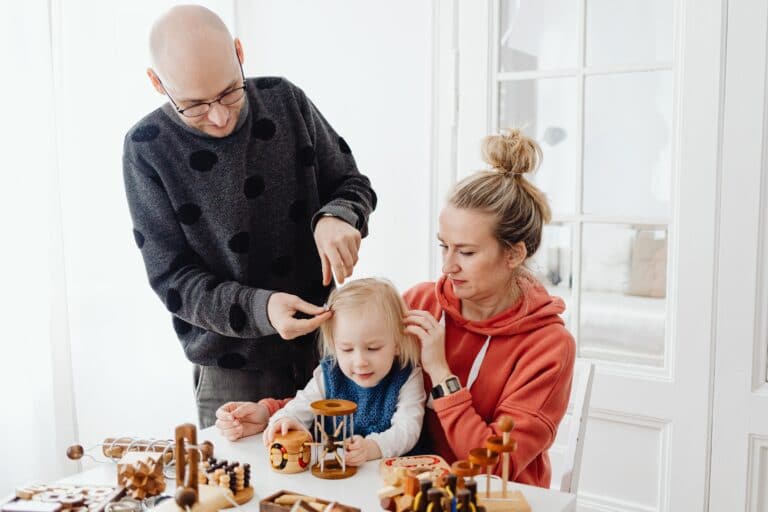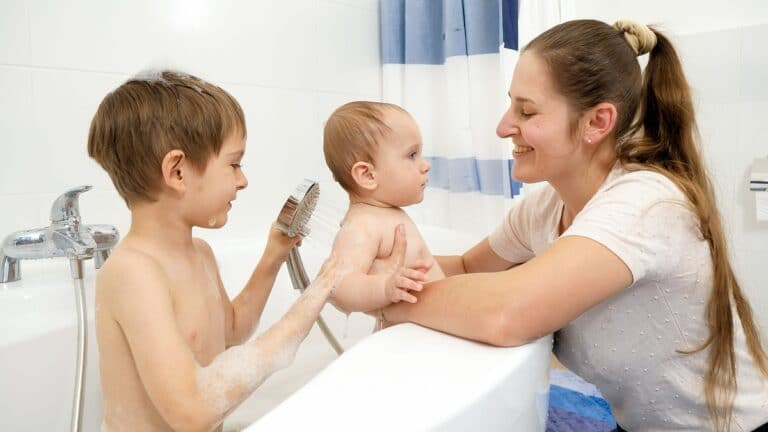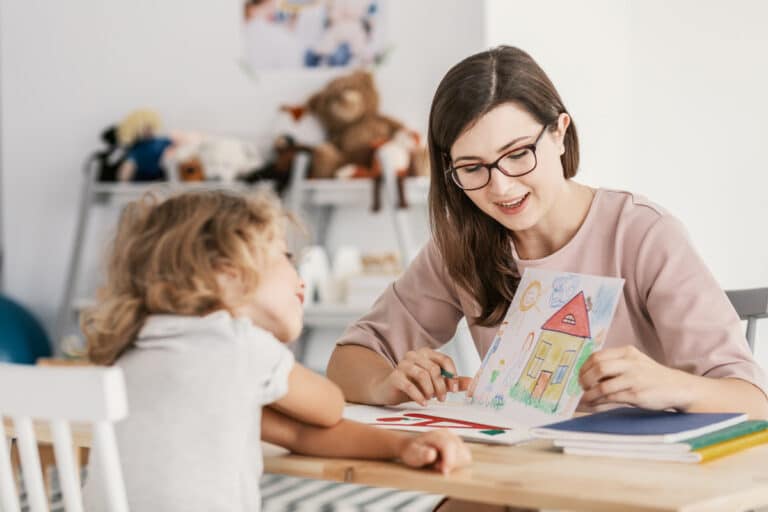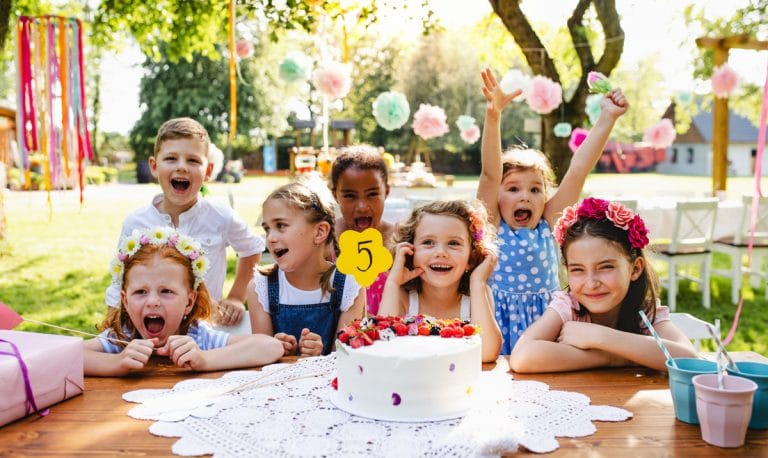Congratulations! You’ve made it past the halfway point in your baby’s first year. Now that you’re in the home stretch, you can expect a lot more development milestones during the next few months. Not only will your baby be a lot more mobile, but you can also anticipate that your little one will have a bigger appetite to burn calories, become more talkative, and hopefully, have a better sleep routine to let you sleep through the night. Here are a few tips to help as you go through each of these next couple of months.
In This Article
Motor skills
If your baby is not yet walking, they will be any minute. In the meantime, you may see them attempt and be successful at the following:
- Crawl
- Attempt to stand on their own while holding on to support
- Move from their tummy to an upright seated position
- Clap
- Wave
With mobility comes more responsibility in ensuring that your baby is protected from anything harmful. Childproofing the house should be done the minute you notice your baby crawling. Putting gates up at the top and bottom of a staircase will prevent your baby from taking a tumble. Use foam corner protectors on end tables, coffee tables, and any other furniture you may have with sharp or pointed edges. If your home has hard floors such as tile, stone, or hardwood, use floor pads so that if baby takes a tumble, they have some cushion to ease the fall.
Investing in toys and gadgets to help them develop these skills is also important. A baby walker that can be easily pushed will help baby feel the sensation of using their feet to walk and eventually wean off the support once they’re fully capable of doing it themselves. Anti-slip knee guards and socks help baby crawl without worrying about rug burns or slipping on flooring, causing them to hit their chins on the ground. The socks are a must-have when baby starts taking steps as this protects them from sliding.
Nutrition
At 10 to 12 months, your baby should have anywhere from four to six teeth. Although they can’t eat anything too chewy or rough on the gums, they can experiment with more than they could before. The following are foods you can safely introduce to baby:
- Grains such as cereals and pastas
- Meats, chicken, and fish
- More veggies, watching for acidity reactions to vegetables such tomatoes
- More fruits such as watermelon, bananas, berries, mangoes, papaya, kiwi, etc.
Since baby is still getting their dairy intake through formula and/or breastmilk, the portions of a meal should be the size of baby’s fist. At this stage, it is safe to feed baby three meals a day to complement their bottle-feeding schedule.
A few items to invest in for your baby to explore different foods are a convenient blender to puree foods that are too tough or need to be broken up, utensils that can safely be used by baby such as eZtotZ baby utensils to help them learn how to feed themselves, non-slip plates so that they are able to use the utensils without worrying about the plate slipping from underneath, tons of bibs, and an easy to clean high chair that can be wiped down (no cloth materials).
Habits
This is the stage that habits start developing. Between becoming more active in motor skills and eating a lot more, baby may be sleeping through the night due to all of the energy burned and a full stomach. However, because this is still the teething stage, they may wake up in the middle of the night due to aching gums or teething side effects such as a mild fever.
If you want baby to get rid of a habit, now is the time to break it. Vice versa, if you want baby to pick up a good habit, now is the time to lock down on it. Habits such as speaking another language, reading before bedtime, and other productive activities have an impact on baby and can set the tone for the next few years.
Cherish these next few months as they will fly by. Before you know it, you’ll be looking at a toddler who is more independent and ready for pre-school.

